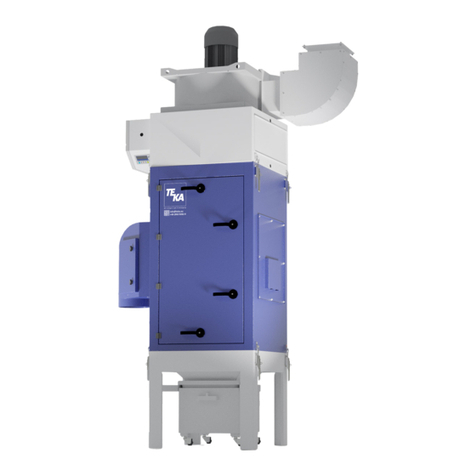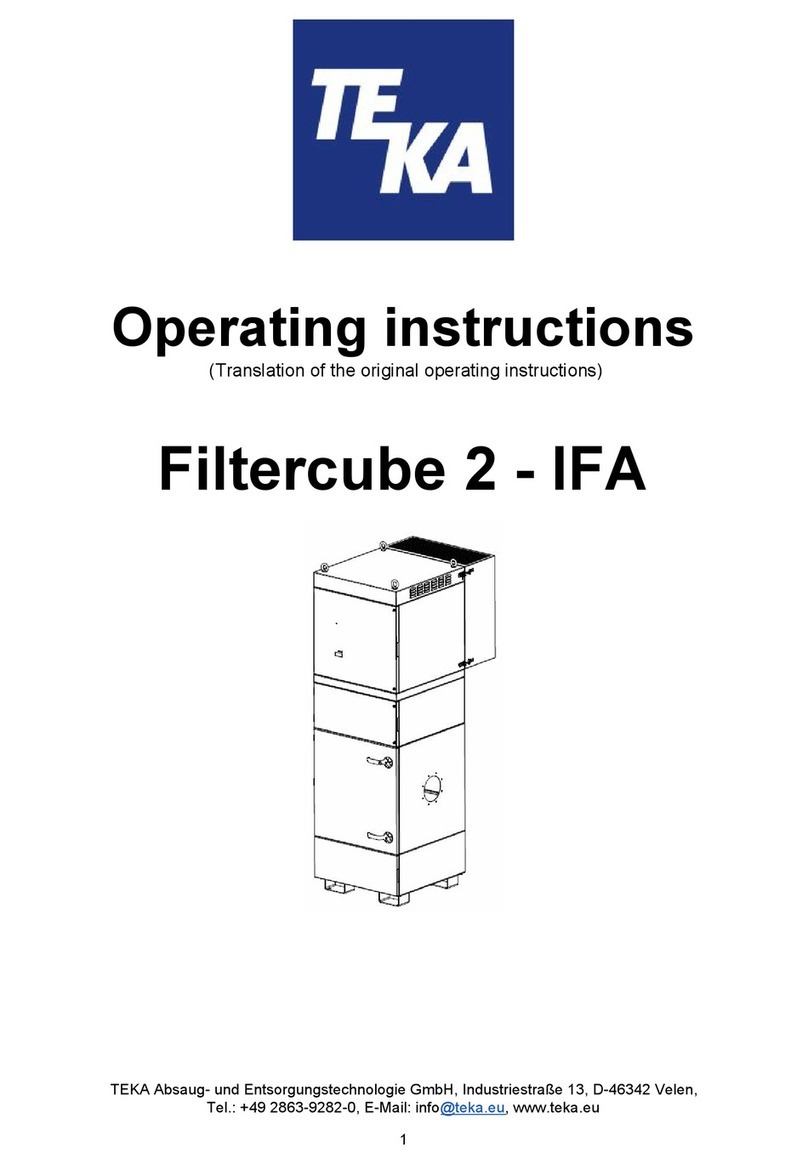3. Safety instructions
3.1. Definition of the hazard symbols
The device is constructed according to the state of the art and the recognised safety regulations.
Nevertheless, during use threats to life and limb of the user or other persons may arise. The impairment
of the machine or other property are also possible. In these instructions we warn by using corresponding
indications.
Dangers arising from improper use / unauthorised operations.
The operator must ensure that their authorised personnel are familiar with all the safety
indications in this manual in advance. The operator is responsible for ensuring that all work
is carried out by authorised and qualified personnel. We therefore recommend using the
training protocol on the last page for that purpose (see chapter “Training protocol”).
Laymen are allowed to operate the device after having received the necessary instructions.
But they are not allowed to carry out any installation, repair or maintenance work.
Dangers arising from fire.
In case of fire, if possible, switch the unit immediately off or disconnect it from the power
supply. Fire extinguishing measures which the operator is obliged to determine beforehand
must be initiated immediately.
The device is additionally equipped with a particle sensor, which can detect an increase of
the particles (eg due to fire, filter break, ...) within the device. The particle sensor thus
provides a monitoring of the particulate matter, but does not provide 100% protection for the
detection of a fire. When the particle sensor is triggered, the device switches off.
In the event of a fire the fire brigade has the possibility to fill the filter area with extinguishing
hose connection on the so-called C-pipe connection with extinguishing agent. The decision
about this has to be made exclusively by the fire brigade.































